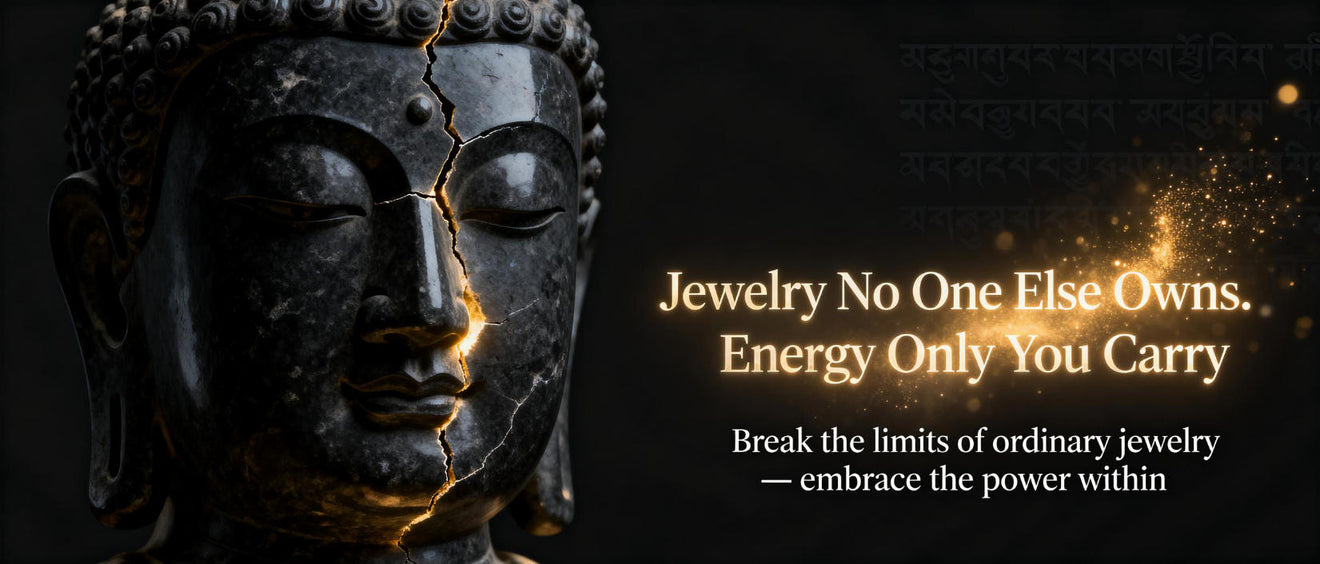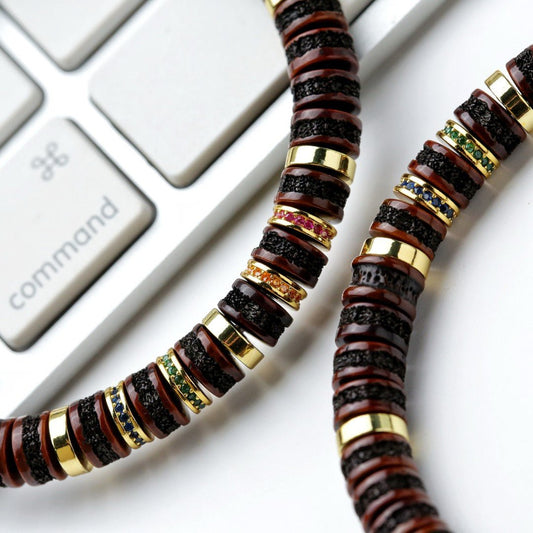
Inside the elaborate network of Tibetan Buddhism reside two notable emblems: the vivid thangka and holy bodhi talisman. Individually, in particular fashion, offer access to elevated consciousness. The thangka, a vibrant painting, depicts deities, mandalas, or scenes from Buddhist lore, acting as a visual aid for meditation.
Yet, the bodhi bead, often crafted from valuable jewels, planks, seeds, or osseous matter, is a tangible reminder of Buddha's nirvana under the bodhi tree. Holding these beads during prayer or meditation helps to focus the mind.
- Together, the thangka and the bodhi bead represent the fusion of creativity and faith. They offer a tangible link to the timeless doctrines of Tibetan Buddhism.
Narratives Engraved on Camel Fragments
Across the sands of time, old treasures whisper tales regarding a world long vanished. These are not sparkling objects of shadowed empires, but elementary camel bones incised with characters that safeguard the riddles of a bygone time. Each segment embodies the echo emanating from a life lived, a journey completed, and a connection to the sacred wisdom which envelops us all.
- It
- Elements
- Represent
Interpreting the Visual Narratives of Thangka
Tangkas are bright paintings on canvas, meticulously crafted by Tibetan artists to depict hallowed figures and scenes from Buddhist teachings. Each detail within a thangka is laden with value, forming a complex tapestry of visual narratives that guide the viewer on a contemplative journey. The shades used in thangkas are not merely aesthetic choices but carry meaningful connotations, standing for different aspects of the Buddhist doctrine. From the majestic figures to the intricate textures, thangkas offer a window into the rich world of Tibetan Buddhism, inviting us to study upon its principles.
- Established thangka art often depicts key Buddhist figures such as Buddha Shakyamuni, Bodhisattvas like Avalokiteshvara and Manjushri, and enlightened beings from various orders of Tibetan Buddhism.
- Through these representations lies a wealth of awareness that can be understood by those who examine the symbolic language of thangkas.
Buddha's Path to Enlightenment: Embodied in Beads and Bone
Upon the winding road to salvation, the Buddha exercised tokens imbued with profound value. The very bead and component held within them the fundamentals of his transcendent vision, demonstrating glimpses into the fabric of reality. With their profile, the Buddha communicated profound revelations that exceed the realm of mundane perception.
From these prayer beads, crafted from sacred materials, spread vibrations that resonated with the intense frequencies within. The remains of a existence, meticulously transformed into amulets, served as tangible signals of the impermanence constitutional to all creatures.
Thangkas: Windows into Himalayan Spirituality
Thangkas radiant paintings on cloth serve as expressive representations of Himalayan spirituality. These intricate works of art, meticulously created with artful brushstrokes, depict a vast array comprising Buddhist deities, mandalas, and scenes from ancient scriptures. Each thangka is a profound portal for meditation and contemplation, offering knowledge into the subtle teachings of Buddhism.
- They are often used in ritual ceremonies and
- reflecting states of spiritual awareness.
- Thangkas are not merely decorative elements but rather glimpses into the rich and mesmerizing world of Himalayan spiritual traditions.
Bodhi Beads as Tools for Mindfulness and Compassion
Each bead on a bodhi bead mala whispers tales of ancient wisdom, guiding us on a pilgrimage through the tranquil waters of mindfulness. As we touch these intricately fashioned beads, our fingers trace the contours of separate one, anchoring our cognition in the present moment. The gentle texture of the beads against our palms serves as a tangible reminder to inhale, fostering a sense of serenity.
- Upon each bead that passes between our fingers, we enhance compassion, extending it first to ourselves and then outward to the world.
- Oriental wisdom teaches us that mindfulness is a ability that requires patience and devotion.
Utilizing the rhythmic repetition of mantra or simply the mindful tracking of the beads, we unshackle from the relentless chatter of the mind.
The practice incorporating bodhi beads is a gentle invitation to re-engage our connection with ourselves and the world around us.
The Power of Intention: Crafting a Camel Bone Bracelet for Spiritual Growth
Will serves as a dynamic impulse in our lives, shaping our experiences and guiding us towards our destined path. When we combine this intention with the sacred energies of crafting a camel bone bracelet, we create a potent synergy that can catalyze our spiritual growth.Camel bone represents sacred significance, representing sturdiness. Its natural beauty and enduring grace serve as a constant reminder of the elemental strength within each of us.By deliberately picking each shard, channel our desires into the bracelet. With every knot or bind, we interlace our hopes, dreams, and aspirations for spiritual evolution. This act of creation becomes a spiritual custom, bonding us with our inner wisdom and guiding us on a voyage of awakening.- Draw inspiration from the bone’s inherent patterns.
- Feel the energy flowing through your hands and into the creation.
- Consecrate the bracelet through ritual to increase its potency.
Camel Bone and Buddhist Symbolism: A Legacy of Meaning
In the rich tapestry throughout Buddhist tradition, artifacts often hold profound symbolic meaning. Amidst these varied objects, camel bone stands out as a rare and absorbing element. Across history, this material has been utilized in the crafting during various Buddhist relics, each imbued with specific connotations.
- Appraised as a symbol of resilience and strength due to the camel's ability to survive in harsh environments, camel bone often expresses spiritual fortitude.
- Likewise, the color and texture relative to camel bone are believed on some to hold auspicious connotations, manifesting purity and serenity.
Consequently, camel bone has become a valuable part of Buddhist heritage, serving as a tangible connection to the profound teachings associated with this ancient faith.
Thangka Masterpieces: Narratives in Color
Within the ethereal realm of Tibetan Buddhism, Thangka paintings emerge as sacred portals to enlightenment. These captivating works, meticulously crafted by skilled artists known as thangkapa, depict a myriad composed of vibrant deities, celestial beings, and mythical creatures. Each brushstroke injects profound spiritual significance, narrating ancient tales and philosophical theories.
- Encompassing a vast library of Buddhist iconography, Thangkas serve as both devotional objects and instructional tools. Devout practitioners gaze upon these paintings during rituals and meditations, seeking to cultivate spiritual wisdom.
- Elaborately embellished with intricate details featuring a vast array of vibrant hues, Thangkas are considered windows into the divine. The painting acts as a symbolic representation of the Deity's teachings and the path to liberation.
By way of their compelling imagery and symbolism, Thangka paintings offer a glimpse into the rich doctrinal traditions of Tibet. They are a testament to the enduring artistry of Tibetan art and its profound ability to empower.
Embracing the Duality: Thangkas and the Cycle of Life and Death
Thangkas, vividly decorated scrolls from Tibet, express a significant discourse on life’s evanescence. Each intricate illustration depicts deities and beings engaged in the evolving venture of life and death, a mosaic of birth, growth, impermanence, and transformation. The artists skillfully merge these concepts within the thangka's realm, highlighting the linkage of all things. Through vivid imagery, they invite us to ruminate on our own presence. The cycle persists, a tempo of coming and going, highlighting the preciousness of each moment. By embracing this duality, thangkas teach us to value the beauty in both life's joys and sorrows.Chains of Spirituality: The Significance of Bracelets in Buddhist Practice
In the intricate tapestry of Buddhist practice, seemingly minimalist objects often hold profound meaning. Among these are bracelets, which serve as tangible symbols of devotion and commitment to the teaching of Buddha. Worn on the wrist, a bracelet operates as a constant reminder of one's aspirations and objectives. It can mirror the impermanence of life, prompting practitioners to remain rooted in the present moment. Some bracelets may hold sacred characters, such as mantras or the names of Buddhas, which are believed to draw in positive energy and guard. Others can be made from elements with spiritual significance, like sandalwood or Handmade bracelet lotus seeds, boosting the bracelet's influence. Ultimately, the significance of a Buddhist bracelet resides far beyond its physical form. It becomes a powerful tool for prayer, a motivation to live in harmony with the teachings of Buddha, and a embodiment of one's unwavering faith.